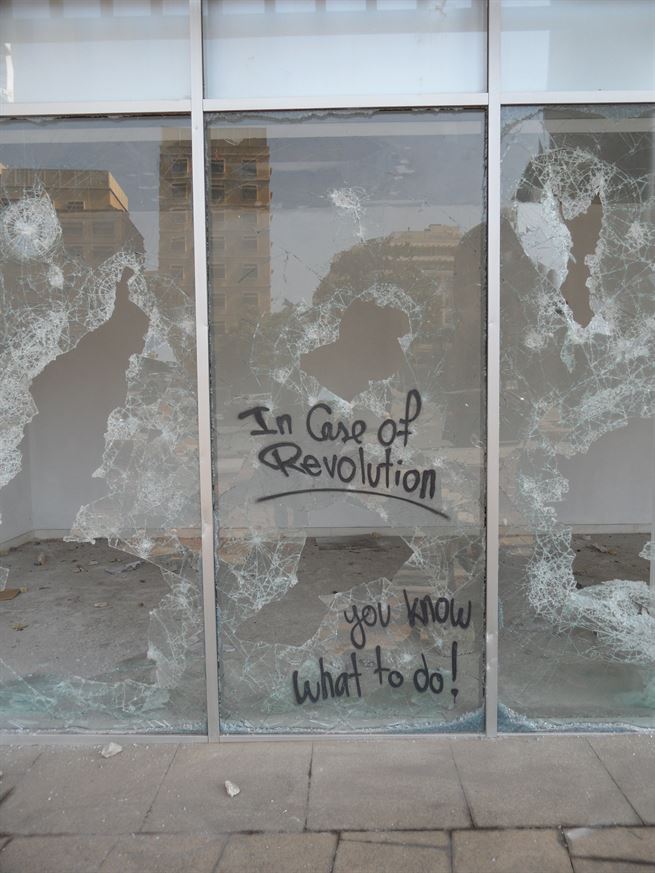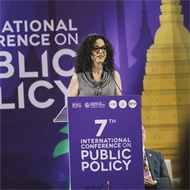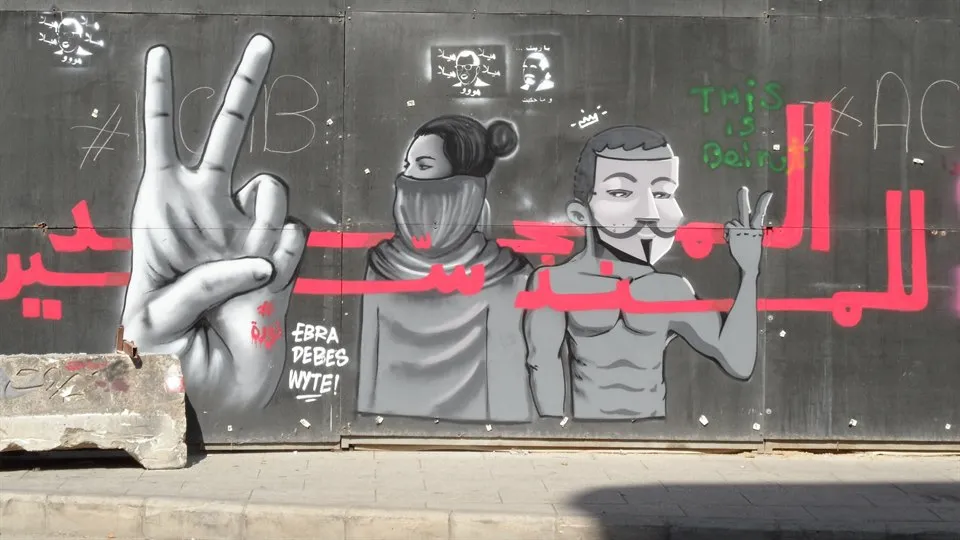Researchers examine street art in contested and divided cities
A new project aims at exploring the artful visualization techniques, namely text and image-based street art, and the conceptualization of crises. Data collection takes place in three cities: Nicosia in Cyprus, Beirut in Lebanon, and Jerusalem in Israel.
Dimitri Ioannides, professor in Human Geography and Evangelia Petridou, assistant professor of Public Administration, together with colleagues from Drury University in Springfield, Missouri (USA), Panos Leventis and Todd Lowery went to Beirut on a first leg for a STINT- funded research project titled Contested Urbanscapes: City, Street Art and Crisis in the Eastern Mediterranean, 2012-2020 (TRANSCEND).
The project aims at exploring the artful visualization techniques, namely text and image-based street art, and the conceptualization of crises. Data collection takes place in three cities: Nicosia in Cyprus, Beirut in Lebanon, and Jerusalem in Israel.
Ioannides, Petridou, Leventis and Lowery travelled to Beirut at a propitious time in terms of data collection (the latter part of October), as they arrived on the day that mass demonstrations started in Beirut. People in that city, like those in currently in Iraq, Hong Kong, and Chile, were protesting against what they perceived as entrenched and corrupt governments, demanding that they step down. The researchers became observers and collectors of ephemeral, perhaps, images.

One of the street artists interviewed, poignantly said that creating on wall was an act of defiance, placing poetry in front of one’s gaze. It was his way of waking up in the morning deciding to not be a victim.
Contact

